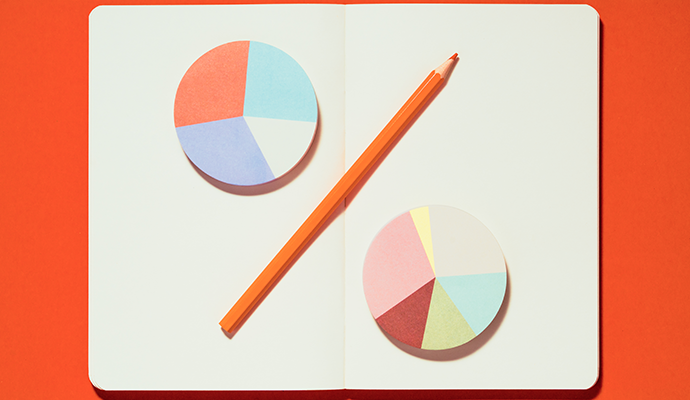83% of Consumers Are Interested in Health Savings Accounts for Non-HDHPs
Health savings accounts have helped consumers manage escalating healthcare costs, but if these accounts were acceptable through non-HDHP plans the uptake might be even higher.

Source: Getty Images
- Many consumers would be interested in a type of account that was like a health savings account (HSA) in its construction but able to be attached to plans other than high deductible health plans (HDHPs), a survey from Employee Benefit Research Institute (EBRI) stated.
“We decided to test enrollee interest in a new type of health account similar to an HSA. Like an HSA, the new health account could be funded by both workers and employers, could be invested in the stock market, and would be portable from job to job. Earnings would grow tax free, and contributions would be capped,” the EBRI researchers explained.
“Unlike an HSA, this new health account would not have to be paired with a high-deductible health plan; it could be paired with any health plan.”
The researchers conducted an online survey of over 2,000 consumers with private payer coverage between the ages of 21 and 64 in November 2022. Blue Cross Blue Shield Association helped fund the research, along with other companies, as part of EBRI’s 2022 Consumer Engagement in Health Care Survey.
Overall, more than eight in ten consumer participants were extremely, very, or somewhat interested. Specifically, 55 percent were extremely interested or very interested. Less than a fifth of the respondents reported that they were either “not too interested” or “not at all interested” in the new type of account.
Interest varied based on plan type. Traditional plan enrollees demonstrated slightly lower interest compared to individuals who were already enrolled in an HDHP.
Almost a fifth of the traditional plan enrollees reported that they were not too interested or not at all interested in the novel account type. In contrast, 11 percent of current HDHP enrollees said the same.
Meanwhile, HDHP enrollees had higher rates of interest and enthusiasm about the new plan. Over a third were “extremely interested” (34 percent). Nine out of ten HDHP enrollees said they were extremely, very, or somewhat interested in this type of plan (89 percent). In contrast, 81 percent of individuals enrolled in traditional plans expressed these levels of interest, with only 24 percent saying that they were “extremely interested.”
Interest in the new type of health account was highest among young enrollees: seven out of ten millennials reported feeling extremely or very interested in the hypothetical health savings account. Among Gen-Xers, 46 percent expressed that they were extremely or very interested. A third of Baby Boomers shared this view.
Individuals with higher incomes ($50,000 or above) were more likely to be extremely or very interested. Although interest levels varied based on enrollee income, this was not considered a statistically significant factor.
“When it comes to ranking the various features of the new health account, nothing stood out as being a dominant feature,” the researchers added.
The primary factors that enrollees found important for the new type of health account were that the account could be opened easily by any consumer who had a health insurance plan (28 percent) and that the account was partially funded by the employer in addition to the employee’s contributions (27 percent). Also, 12 percent of the respondents indicated that it was important that the account would be permitted to grow through stock market investments and that it would stay open even if the employee left the employer who offered the account.
Another EBRI report indicated that HSA account balances rose over the course of 2021. At the beginning of the year, the average HSA balance totaled $2,645. By the end of the year, the average rose to $3,902. When employers partially funded an account, the balance tended to be higher.
In 2022, HSA enrollment returned to 19 percent, a height this market had not seen since 2020. If this hypothetical account became a reality, it could cause a stir among consumers. Nearly a quarter of employees were in an HSA-eligible plan in 2022 and many more would qualify if plans that were equivalent to HDHPs but were not offered as HDHPs began to add on health savings accounts.
